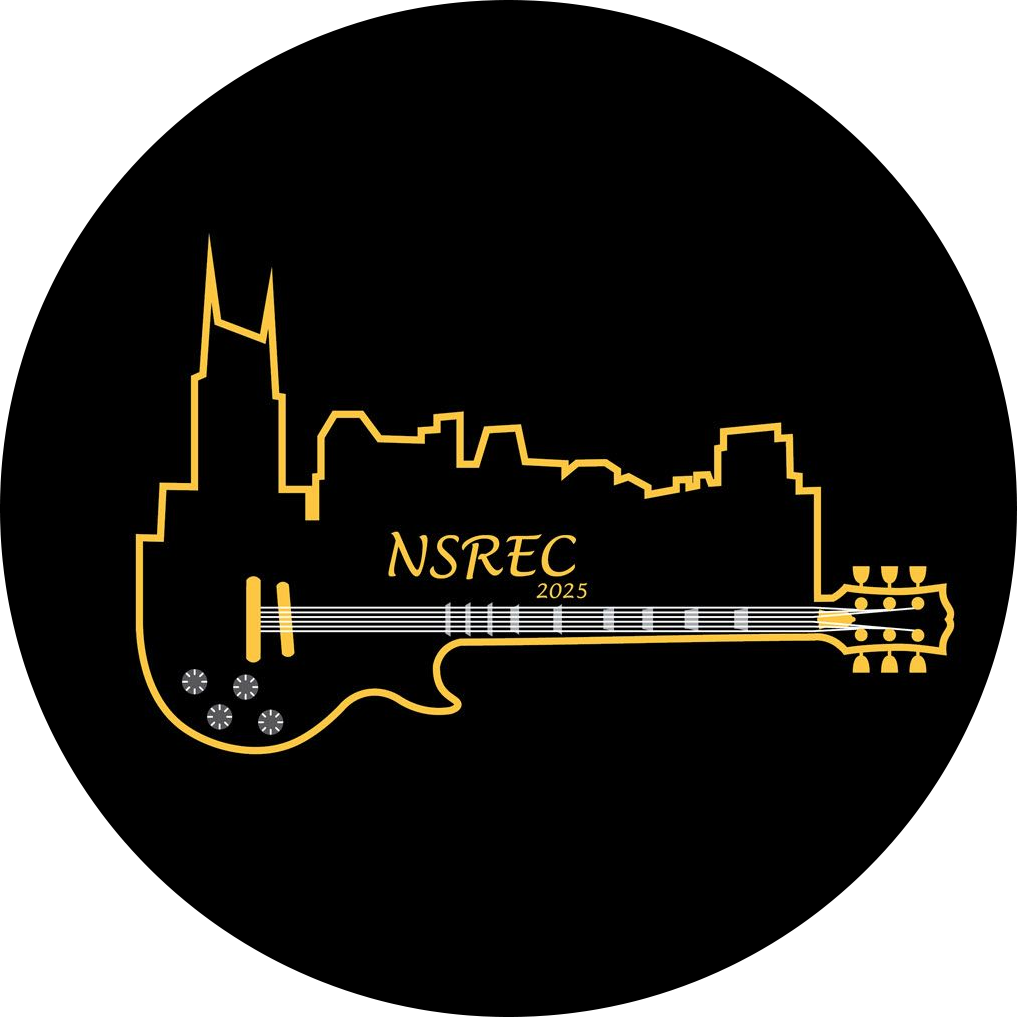Course Description
To Be Held Monday
July 22, 2024
OTTAWA, ONTARIO CANADA
Radiation Effects on Electronic and Photonic Technologies: from Basic Concepts to Advanced Mechanisms
Announcement for the 2024 IEEE NSREC Short Course
A short course, “Radiation Effects on Electronic and Photonic Technologies: from Basic Concepts to Advanced Mechanisms”, will be presented at the 2024 IEEE Nuclear and Space Radiation Effects Conference. The ongoing need to expose sensors and systems to more and more demanding radiation environments combined with the fast evolution of technologies lead to complex radiation effects in modern electronics and photonics. To enable their use in harsh radiation environments such as space, nuclear power plants, medical imaging/scientific instruments, or particle physics facilities, it appears critical for users, designers, manufacturers, and researchers to get an up-to-date overview of the underlying physics and failure mechanisms.
The short course is organized into four sections, all featuring introductory material and advanced topics. The first section addresses the basic mechanisms of radiation effects in electronics, with emphasis on displacement damage on various devices and technologies. The second part focuses on total ionizing dose induced degradation in MOS transistors, discussing the evolution of these effects with the advancement of CMOS manufacturing technologies. The third section describes single event effects in electronics, and includes discussions about the testing approaches used to reproduce in the laboratory the failure mechanisms observed in the application. The final course deals with effects on photonic material, devices and integrated circuits focusing on optical materials, optical fibers, image sensors and detector pixel arrays. More detailed descriptions of each lecture are provided below. The topics covered should benefit people new to the field as well as experienced engineers and scientists, by providing up-to-date material and insights.
The short course is intended for radiation effects engineers, component specialists, system designers, and other technical and management personnel involved in developing reliable systems designed to operate in radiation environments. It provides a unique opportunity for IEEE NSREC attendees to benefit from the expertise of excellent instructors, along with a critical review of state-of-the-art knowledge in the field. Electronic copies of detailed course notes will be provided to each participant.
Continuing Education Units (CEUs)
Continuing Education Units (CEUs) will be available. For the interested attendees, an exam will be given at the end of the short course. The course is valued at 0.6 CEUs, and is endorsed by the IEEE and by the International Association for Continuing Education and Training (IACET).
Short Course Chair
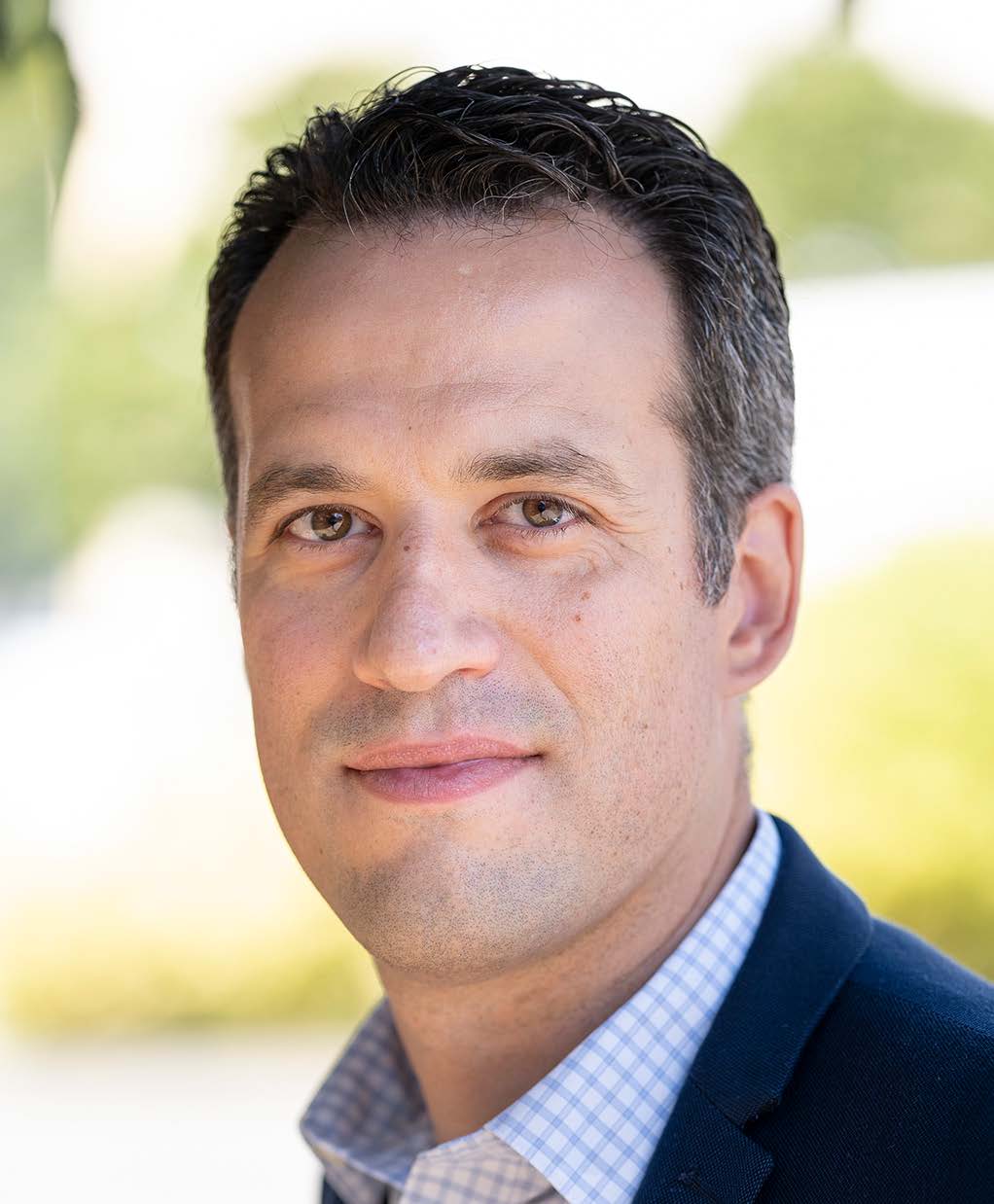
Vincent Goiffon, Ph.D.
ISAE SUPAERO
Vincent Goiffon received his Ph.D. in EE from ISAE-SUPAERO, University of Toulouse, France, in 2008. The same year he joined the ISAE-SUPAERO Image Sensor Research group as Associate Professor and has been a Full Professor of EE at the Institute since 2018. In September 2021, he took over the responsibility of the Research Group.
He has contributed to advancing the understanding of radiation effects on solid-state image sensors, notably by identifying original degradation mechanisms in pinned photodiode pixels and clarifying the role of interface and bulk defects in the mysterious dark current random telegraph signal phenomenon.
Besides his contributions to various space R&D projects, Vincent has been leading the development of radiation-hardened CMOS image sensors (CIS) and cameras for nuclear fusion experiments (e.g., ITER and CEA Laser MegaJoule) and nuclear power plant safety.
Vincent Goiffon has authored one book chapter and more than 110 publications, including awards received at IEEE NSREC, RADECS, and IISW conferences. He has been an associate editor of the IEEE Transactions on Nuclear Science since 2017 and has served the community as a reviewer and session chair.
On behalf of the 2024 IEEE Nuclear and Space Radiation Effects Conference (NSREC) Committee, I cordially invite you to attend the 45th IEEE NSREC Short Course. An outstanding group of technical experts will provide an in-depth discussion of basic and advanced radiation effects in modern electronic and photonic technologies, including total ionizing dose, displacement damage and single event effects in devices and integrated circuits.
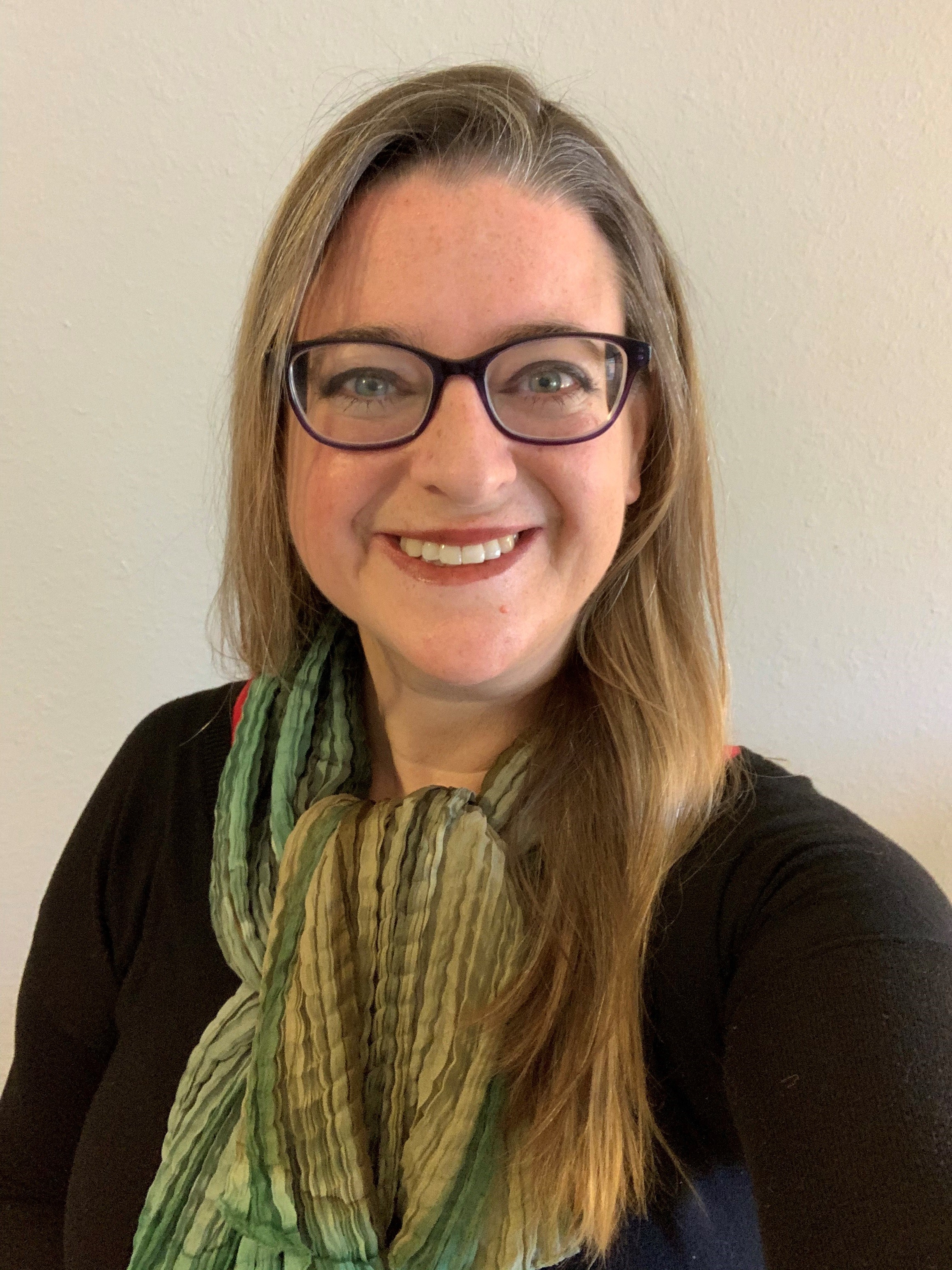
Dr. Elizabeth Auden is an electrical engineer in the Radiation Effects and Reliability capability at Los Alamos National Laboratory (LANL). She received an M. S. in electrical engineering from Tulane University in 2000 and a Ph.D. in electrical engineering from Vanderbilt University in 2013. Elizabeth’s professional background includes radiation effects and reliability in electronics, DC electrical metrology, and software engineering. Her radiation effects research focuses on single-event effects and displacement damage in semiconductor and superconductor components.
PART I – BASIC MECHANISMS AND DISPLACEMENT DAMAGE EFFECTS IN ELECTRONICS
Dr. Elizabeth Auden
Los Alamos National Laboratory
Electronics operating in space-based applications are subject to radiation effects from galactic cosmic rays, solar energetic particles, and trapped particles in planetary orbits. Radiative particles can cause single-event effects (SEEs) as well as accumulated damage from total ionizing dose (TID) and displacement damage (DD), leading to data corruption, off-normal electrical conditions, performance degradation, and failure. During the first half of this short course,
Dr. Elizabeth Auden from Los Alamos National Laboratory will provide an overview of space radiation environments; concepts such as particle / matter interactions, stopping power, and dose; radiation effects including TID, DD, and SEEs; and common units necessary for the study of radiation effects such as dose, displacement damage dose (DDD), linear energy transfer (LET), and non-ionizing energy loss (NIEL). The second half of the short course will focus on displacement damage. Topics will include basic physical mechanisms, electrical degradation observed in different device types, and recent displacement damage research in devices with emerging materials and feature sizes.
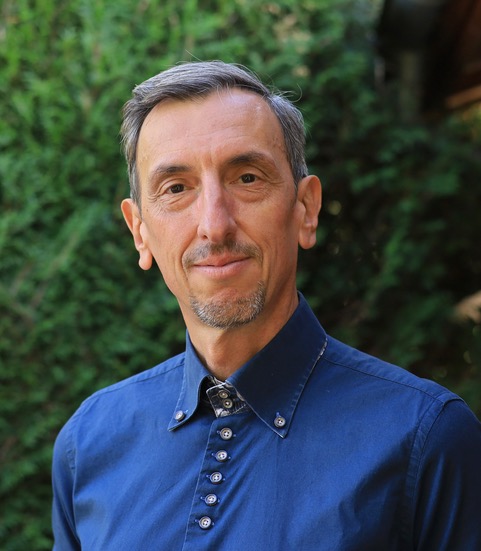
Dr. Federico Faccio received the M.S. degree in physics from the University of Turin (IT) in 1991 and the PhD degree from INPG (FR) in 1997. He joined CERN, the European laboratory for particle physics, in 1991 where he is now the leader of the Microelectronics section in the electronics group. In the past 30 years, his technical work focused on the study of radiation effects in CMOS technologies used for the design of ASICs exposed to the ultra-high TID levels and hadron fluxes at the CERN LHC and HL-LHC colliders. In this context, he also contributed to the design of radiation-hard ASICs like ADCs, optical receivers and data recovery circuits, linear regulators and DCDC converters. He has authored and co-authored more than 100 technical papers, receiving awards at the NSREC, RADECS and ECCE conferences. He has served the radiation effects community as session and short course chairman at RADECs, and more recently he became associate editor of IEEE TNS.
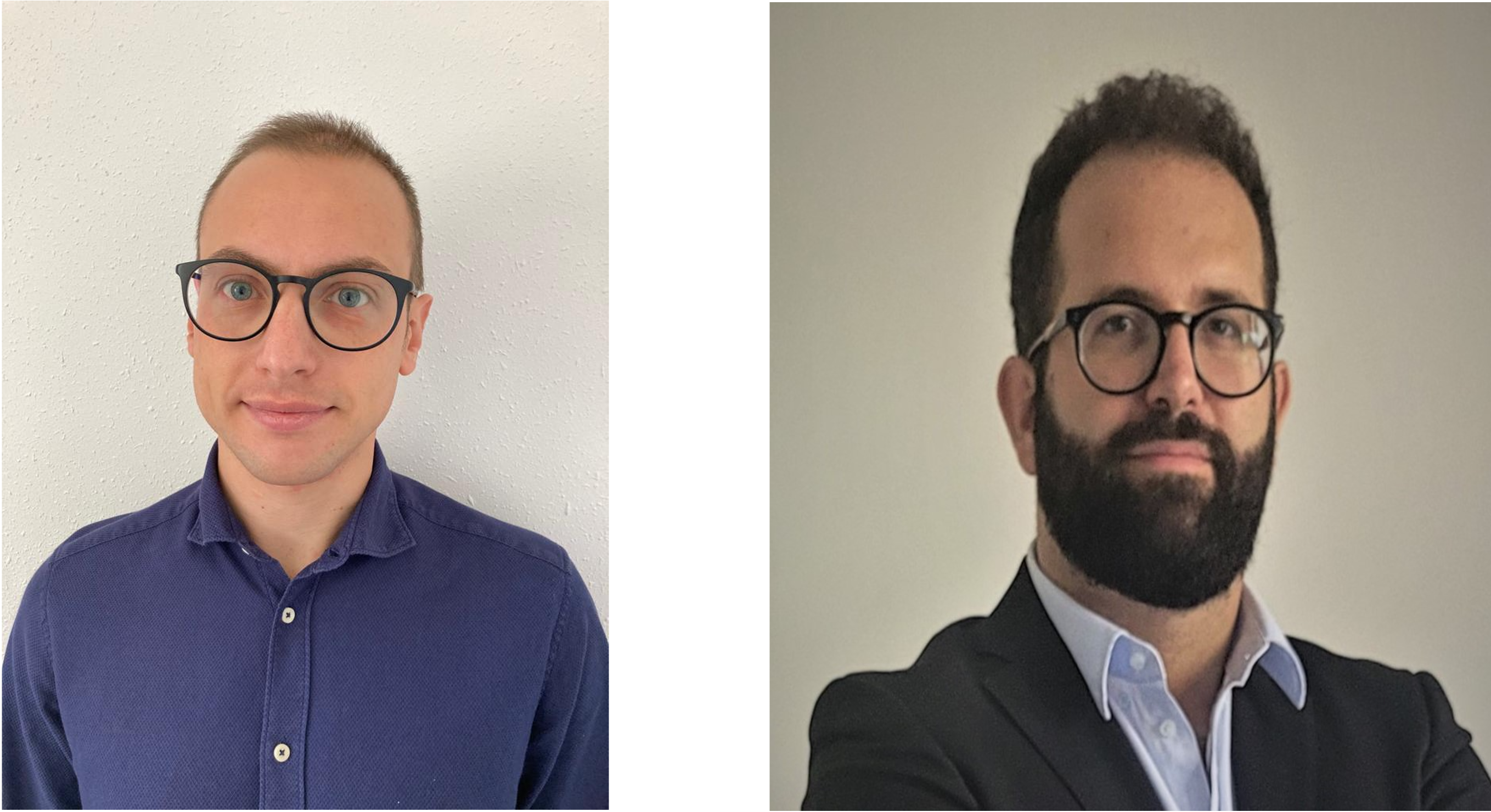
PART II – TOTAL IONIZING DOSE EFFECTS IN SI MOSFETS UP TO ULTRA-HIGH DOSES
Dr. Federico Faccio
CERN
Silicon MOSFETs have been sensitive to Total Ionizing Dose (TID) since the early days of radiation studies on electronic devices, and that is still the case after more than 40 years and 20 generations (nodes) of CMOS technologies. Silicon dioxide (SiO2), the insulator that has been a blessing for the semiconductor industry because of its compatibility with Si, has instead been a curse for the application of CMOS circuits in radiation environments. Defects in SiO2 and at its interface with the Si channel of MOS transistors have determined the TID response of CMOS circuits built in micrometer bulk planar technologies of the 80s as well as in today’s nanometer-scale FinFETs.
In this course, prepared in collaboration with Dr. Giulio Borghello (CERN), Dr. Stefano Bonaldo (DEI, University of Padova), and Dr. Federico Faccio (CERN) will illustrate the basic mechanisms of TID in SiO2: charge yield, charge and hydrogen transport, charge trapping and de-trapping, interface state activation and annealing. The course will show how very similar mechanisms have differently affected the performance of MOSFETs in time. While in older technologies the gate oxide was the weak point and determined failure at krad TID levels, with the down-scaling of CMOS in the 100 nm range and below, the radiation response became dominated by auxiliary oxides like Shallow Trench Isolation (STI) or spacers.
The last part of the course will thus focus on the consequences of ionization in these insulators: the leakage currents that often represent the prevalent limitation to radiation tolerance in recent technologies, the dose-rate effects observable at high TID levels, and the transistor size dependencies including RINCE, RISCE (Radiation-Induced Narrow or Short Channel Effects) and halo implant effects. The manufacturing of these auxiliary oxides is less controlled and less uniform across nodes and fabrication plants than for the thermally grown gate oxide, leading to a wide variability in radiation response. This will be illustrated by a comparison between manufacturers, plants of the same manufacturer and manufacturing lots. In conclusion the course will show how, with or even without costly dedicated design techniques, TID tolerance to ultra- high levels (>100Mrad) is not a dream anymore.
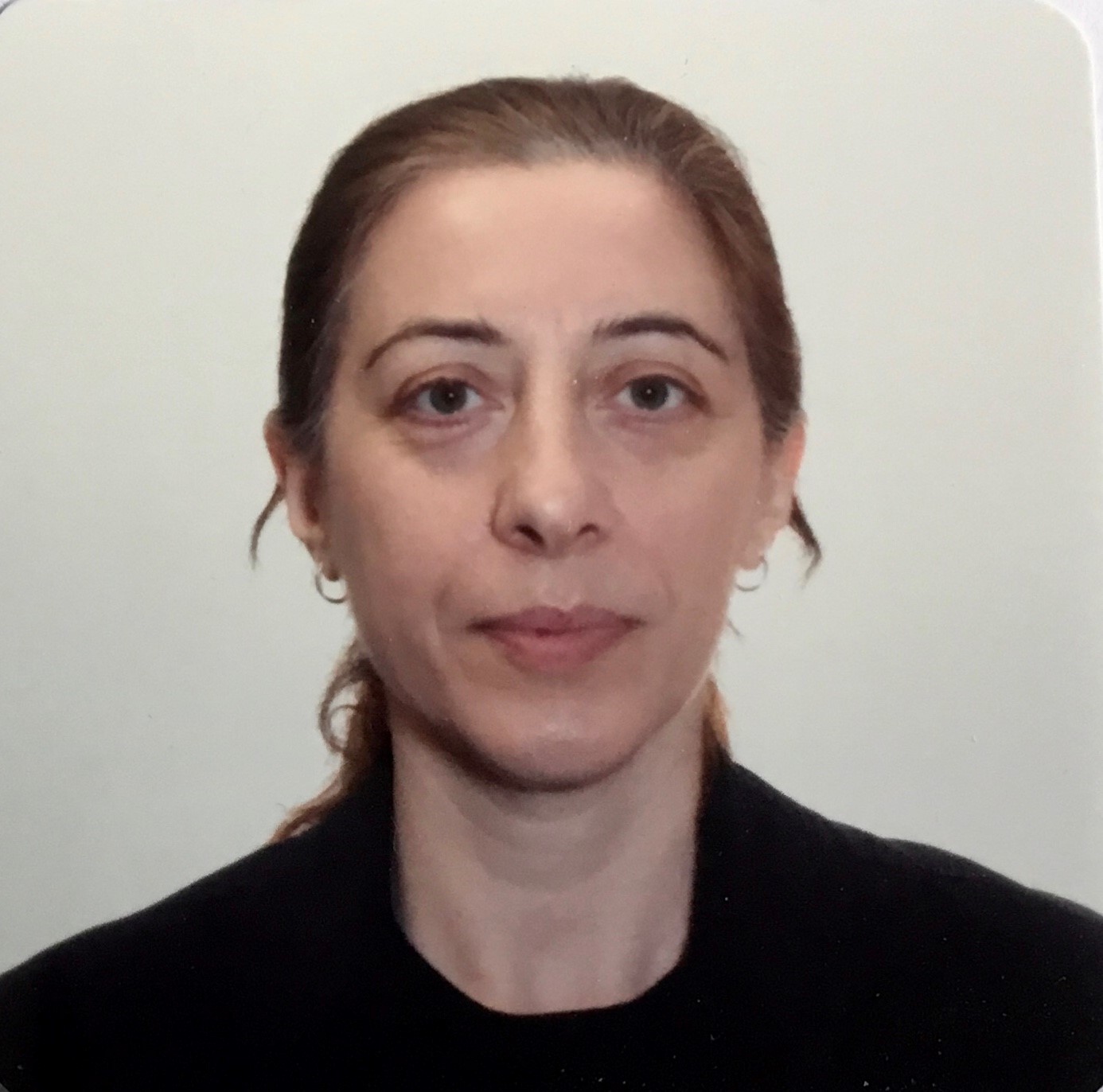
Dr. Ani Khachatrian is a Research Scientist at the Optoelectronics & Radiation Effects Branch of the US Naval Research Laboratory. She received her Ph. D. in Chemical Physics from the University of Illinois at Chicago. Dr. Khachatrian completed her Postdoctoral Research Fellowship at the Johns Hopkins University Department of Chemistry and American Society of Engineering Education Fellowship at the Electronic Science and Technology Division of the US Naval Research Laboratory. Dr. Khachatrian’s current research interests include development and implementation of linear and nonlinear optical methods to simulate single-event effects in micro- and nano-electronic devices and integrated circuits; application of pulsed-lasers to study single-event effects in wide bandgap material systems.
PART III – SINGLE-EVENT EFFECTS IN DEVICES AND ICS: PHENOMENA AND TESTING METHODS
Dr. Ani Khachatrian
US Naval Research Laboratory
Dr. Ani Khachatrian from the US Naval Research Laboratory will present an overview of single- event effects phenomena in devices and integrated circuits. In harsh radiation environment, in addition to total ionizing dose, displacement damage dose, microelectronic devices are susceptible to single-event effects. SEE is a phenomenon that occurs when single energetic particle such as alpha particle, heavy ion, proton, neutron or other highly energetic particle, strikes sensitive area of a microelectronic device. There are three steps that can lead to a single-event effect: charge generation via both direct and indirect interactions of an energetic particle with matter; charge collection and the associated modification of the electrical potential at a sensitive node; and the response of the circuit to the collected charge. Single-event effects can be either non-destructive or destructive and can disrupt the normal operation of a device leading to potential failure events. Non-destructive single-event effects can manifest as single-event upset, single-event transient, multi-bit error, and single hard error. Single-event latchup, single-event burnout and single event gate rapture are the examples of destructive events. With continued technology scaling, microelectronic devices growing more complex and emergence of novel semiconductor materials, the understanding of the mechanisms leading to single-event effects becomes increasingly important.
The presentation will discuss mechanisms responsible for single-event effects formation in devices and integrated circuits; types of single-event effects in analog, digital, logic circuits, memory cells and modern microelectronic devices and different test methods of single-event effects in modern technologies, their benefits and limitations.
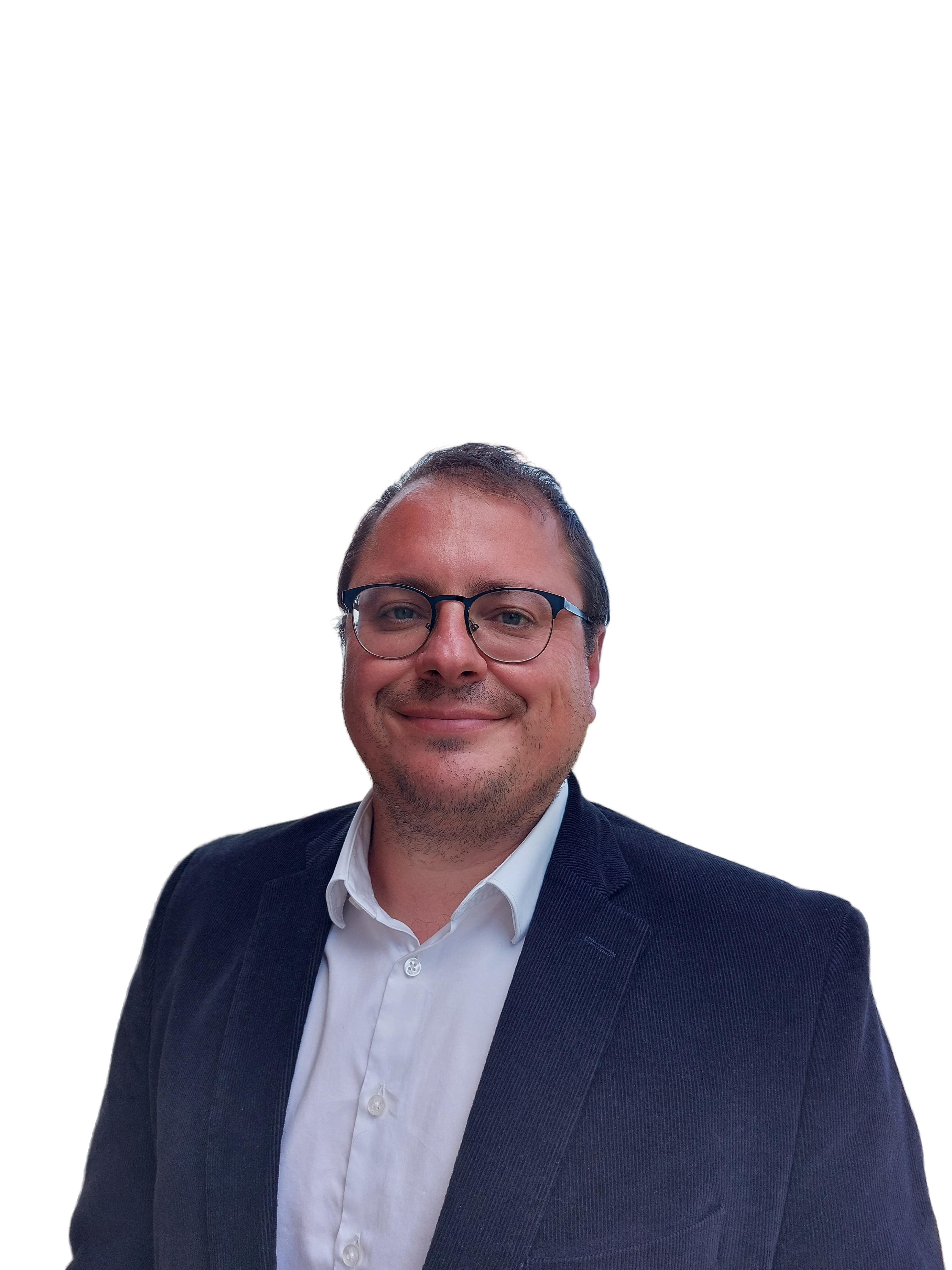
Prof. Sylvain Girard obtained his PhD in Photonics in 2003 from Université Jean Monnet (UJM), France. He joined the CEA in 2004 to investigate the vulnerability and radiation hardening of optical components for the Laser Mégajoule and became a CEA Senior Expert in 2011. In 2012, Sylvain joined the UJM as Full Professor. He is today leading the MOPERE research group of Lab. Hubert Curien and is one of the founders of the LabH6 joint research lab between UJM, CNRS and the industrial Exail. His main research axis deals with the radiation effects on photonic technologies, in particular fiber-based technologies. He serves the radiation effects community in several positions, in particular as Member-at-Large on the IEEE NPSS Radiation Effects Steering Group and as one of the Associate Editors of IEEE Transactions on Nuclear Science. He has authored or co-authored more than 280 peer-reviewed papers. Sylvain received the 2013 IEEE NPSS Early Achievement Award, the 2014 IEEE/SEE Léon-Nicolas Brillouin Award from and the 2021 Research Prize from the iXcore, iXblue, iXlife Foundation. In 2023, he has been nominated as a Senior Member of the Academic Institute of France, IUF.
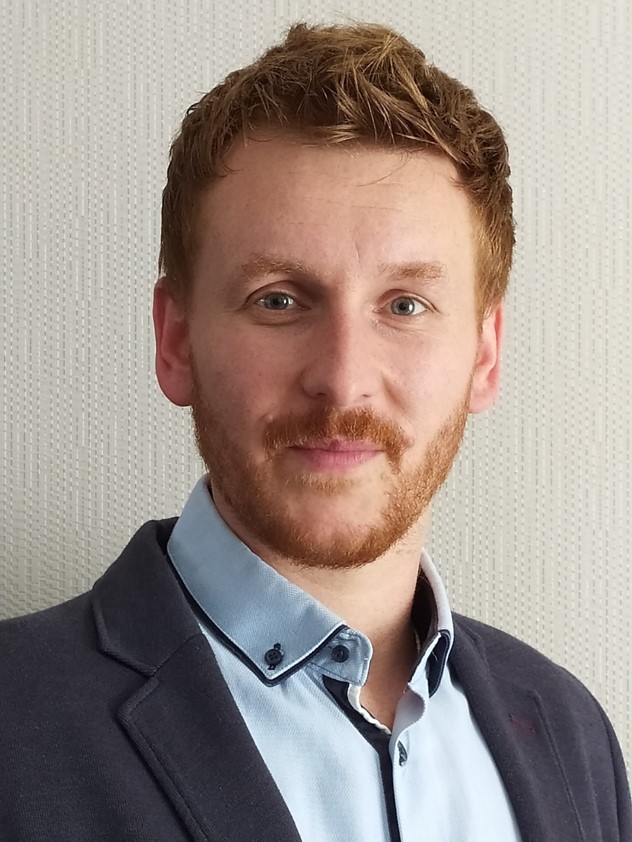
Dr. Cedric Virmontois (S’10–M’12–SM’19) received the Ph.D. degree in Microelectronic from the Institut Supérieur de l’Aéronautique et de l’Espace (ISAE Supaero), Toulouse, France, in 2012. Cedric presently works for the Centre National d’Études Spatiales (CNES) in Toulouse, France, in the Technology & Digital Directorate. He started as Detection Chain specialist from 2012 to 2018, his work involves the development of imagers for future space imaging missions, electro-optical characterizations, analysis and testing of detectors. He extends his researches to several solid state image senssors dedicated to visible and infrared imaging using ground and in-flight data in order to find generic ways to predict and mitigate space radiation effects. Cedric has also contributed to the understanding and modeling of dark-current Random Telegraph Signals (RTS) in image sensor. Since 2021 he is the head of the Opto-Electronic detection department.
PART IV – RADIATION EFFECTS ON PHOTONICS: IMAGE SENSORS AND OPTICAL FIBERS
Prof. Sylvain Girard
University of Saint-Etienne
Dr. Cedric Virmontois
CNES
Photonics is an important topic due to its wide-ranging applications and transformative impact on various fields, from communications, data transfer, imaging and sensing. Today, high performance photonic solutions developed for terrestrial applications are more and more implemented in radiation-rich environments. It is then crucial to study the radiation effects on these technologies in order to be able to assess their vulnerabilities and if needed to apply hardening techniques before integrating them under irradiation.
In this lecture Prof. Sylvain Girard from University of Saint-Etienne and Dr. Cedric Virmontois from CNES will describe radiation effects on two of the main photonic technologies: image sensors and optical fibers.
The first part will address radiation effects on silica-based optical fibers and bulk glasses. The advantages and limitations for the implementation of these technologies in various harsh environments will be discussed as well as the different targeted applications from communications to sensors. The parameters governing their macroscopic radiation responses through the generation of radiation induced point defects will be reviewed as well as the existing strategies to design radiation hardened optical fibers and fiber sensors.
The second part will address image sensors and detectors. A particular emphasis will be made on visible and infrared technologies used in space. After a description of the device principles, the lecture will focus on the performances degraded by radiation. Dark signal, noises, charge transfer inefficiency, quantum efficiency and blinking pixels will be introduced as well as how these parameters evolve under irradiation.
